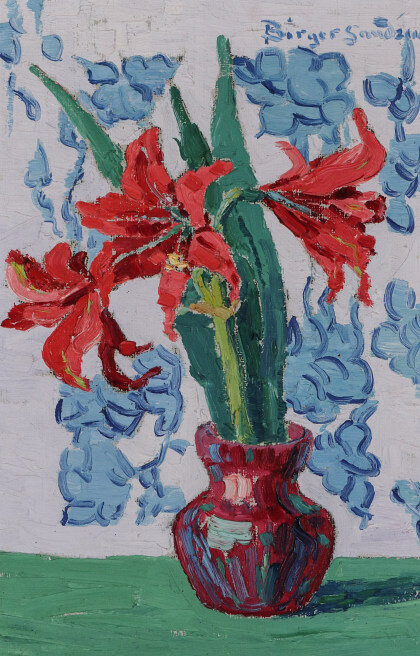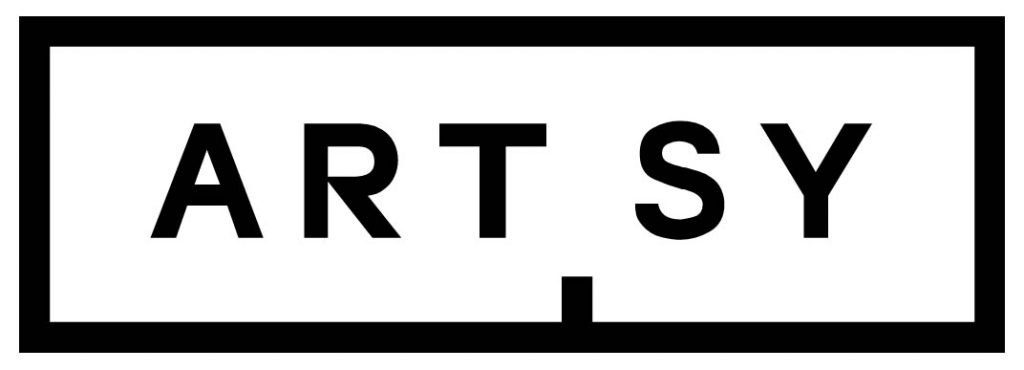Lee Friedlander (American, b. 1934)
A chronicler of the American social landscape, Friedlander is often recognized for his use of reflections found in storefront windows, glass doors, and windows. His work started in 1948 focused on capturing images of street life and commerce, often his images include buildings, reflections, advertising, and people. In the 1960s he created a series of self-portraits and also a series called “The Little Screens,” which featured images of TV screens in mundane settings such as hotel rooms and other rather anonymous interiors.
Other series include Friedlander’s chronicling of American musicians (working during the 1950s-70s) such as jazz, country, and blues performers. Many of these images made their way onto album covers and inserts and were published in the 1998 book “American Musicians.” He also produced “The American Monument” series of statues and monuments which often emphasizes the (sometimes) curious relationships between marker and their current surroundings.
Friedlander also designed and published several publications of his images himself, and, in 2017 began working with Yale University Press to publish “The Human Clay”, a six-volume set of books documenting his over six-decade career. He has received numerous prestigious awards including the Hasselblad Award (2005). He was also given career retrospectives organized by the Museum of Modern Art and later by the Fundacion MAPFRE which toured throughout Spain and Europe. His photographs are in important Museum collections including the Art Institute of Chicago; George Eastman Museum, Rochester, New York; Metropolitan Museum of Art, New York; Museum of Modern Art, New York; National Gallery of Art, Washington, D.C., and many others.




